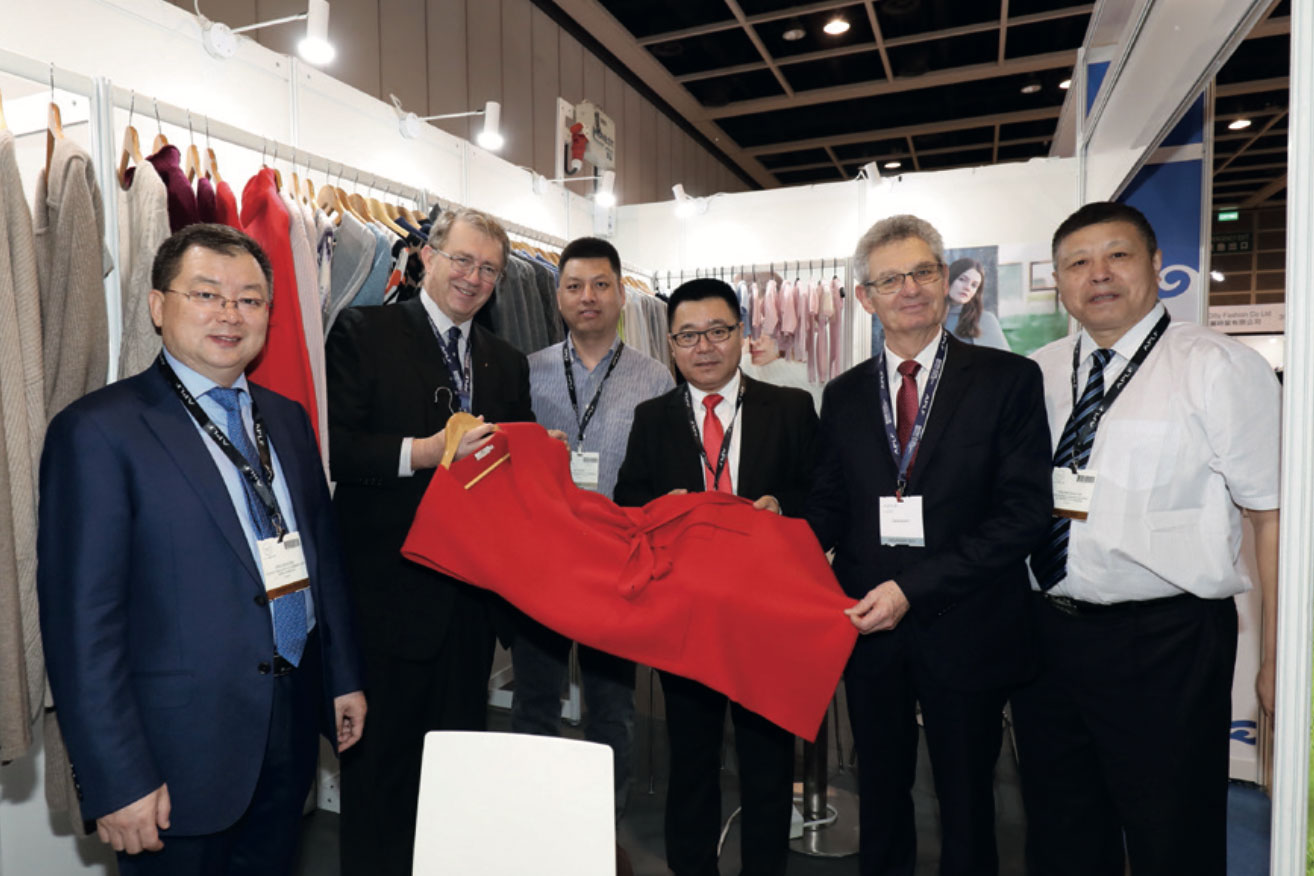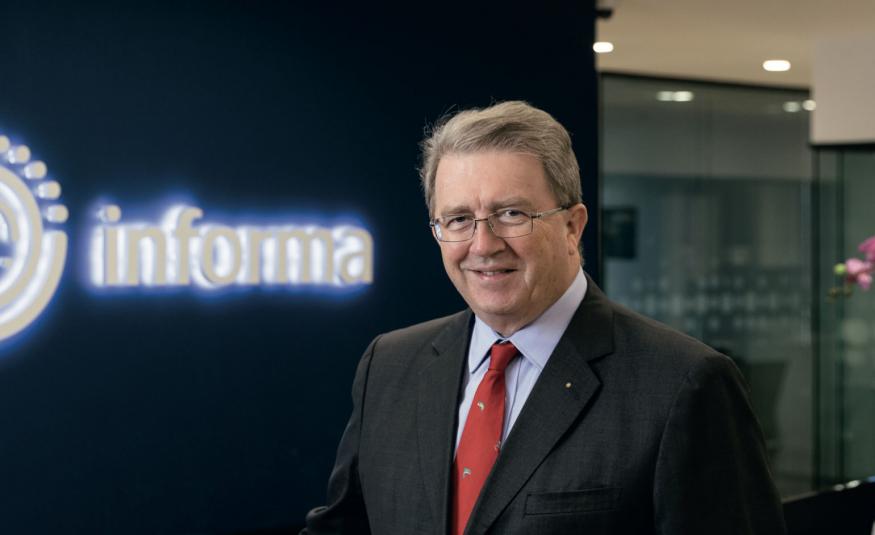EW meets Michael Duck, Informa Markets, executive vice-president - Asia
How have you and your team in Asia met the challenges of 2020 and how are you placed for what the Informa plc January trading update termed a ‘gradual return’ to physical events rather than a ‘full rebound’?
It is very difficult to sum up at this stage as there remain ongoing challenges in the Asia region, even if Mainland China has returned quickly to exhibitions. In Hong Kong, we had an additional ‘black swan’ of the protest movements that started in 2019 but did carry on somewhat in 2020.
Some of us in Informa Markets Asia had experienced the appalling SARS outbreak in 2003 and this gave us some key insight as to what to expect and how to handle cancellations and postponements of shows and, importantly, how to manage staff.
However, who could have expected such a global pandemic?
Informa plc has been exemplary in how it has communicated throughout the company, taking each stage of the developments, concerns and anxiety very much into ‘how we behave’. This guides all employees as to how they work with both their own colleagues and with our customer base.
Informa Markets Asia teams have been confident to adapt to new conditions as we all transform from fear, to knowledge, to vaccinations, to restart and rekindle our relationships whether digitally or physically.
As our Group CEO Stephen Carter says, “Informa is and has become a digital enterprise with strong physical assets”.
We are now looking at our forthcoming events in Asia with cautious optimism as the vaccines start to arrive. The challenge then becomes one of confidence coming back into markets and travel across borders without quarantine.

What are your hopes and strategies for the events business in Asia in 2021?
My hopes are to get back to normality as soon as possible. No one likes having their movement restricted.
We will carry on with what we have been doing in 2020 in those countries and regions that have been able to open up at least domestically, as in Mainland China, Japan, Korea, Taiwan, Thailand, plus one B2B show in Hong Kong. We will continue to work closely with the local industry associations and the governments as to what rules and regulations there may be to put on a tradeshow. Each is slightly different. But our all-encompassing ‘AllSecure’ operations playbook makes it somewhat easier to follow ‘best practice’ as to what is needed to keep people safe and work in a hygienic and confident environment.
I also hope that we will quickly come to some form of international agreement as to how we prove that someone has had a vaccination. We already have them for ‘non-Covid tests’ but many fake Covid versions are in circulation. A certified, probably digital, format of proof needs to be established so that we can travel across borders.
Looking ahead at the 2021 calendar, what is your expectation for the number and quality of shows to be run physically in Asia by your teams?
I’m sure we all expected and hoped to have been back to business-as-usual by mid-year 2020. SARS lasted seven months but reasonably quickly, after a period of some six weeks of zero infections, confidence returned to start meeting again and tradeshows resumed. The longer period of Covid-19 means we have all had to postpone or cancel shows not once but, in some cases, multiple times. It is far more difficult to stop a show than to put one on. We have to work with the industry verticals calendar, plus the estimation of return to movement normality plus the venue availability.
Our main venue partners have had to deal with so many ‘unknowns’, including turning themselves into temporary hospitals. We will try always to put on our full complement of shows for the industries we serve. As to the quality, we have always taken immense pride that the shows we stage are all reflective of the leading position we have globally in this industry.

How do you gauge the mood in the industry in Asia and the appetite for physical events?
Without doubt there is pent-up demand. This was evident at the four B2B shows we ran in Hong Kong last November, the first B2B shows held in there in 2020. Within two hours of opening, it was clear that both exhibitors and visitors felt confident and the buzz of the show floor was back. The power of the tradeshow was immediately evident. This pent-up demand is even more evident in Mainland China, where we are ‘nearly’ back to normal with our shows from a domestic point of view. I have no doubt that the other countries where we operate in Asia are equally keen to get back to trading and operating normally. We are in constant communication across Asia, exchanging country and company information on the status of the virus, our major international customers and the ‘health’ of the industry.
One key concern in relation to the current lack of cash flow in the exhibitions industry is the impact on some of the smaller suppliers dependent on a regular schedule of events. Alongside other major industries which generate demand through tradeshow activity, such as airlines, hotels, restaurants and retail, these businesses are desperate for a speedy return of our major brands and products.
How has the image and standing of live events fared among the political and business elite in Asia? Do they ‘get’ the power of live events and has our industry’s voice been heard at the top level?
A good question, and one that I have been ‘banging the drum’ about both in Asia and in my position within UFI. Working for a public company, it is always interesting to meet financial analysts when they physically attend a show, as they always come away greatly enthused by the buzz on the show floor.
Those at the political top level love ‘cutting the ribbon’ at a show, making an opening speech and being seen, and they usually leave with a good understanding of the power of exhibitions. But it is up to us to keep that message front and centre at all times.
What else can you say about your region’s country markets for exhibitions - outside Mainland China - and their prospects for bouncing back in 2021?
I have been working across our region for 35 years now and have seen the huge changes in our markets and cities. As we move out the other side of Covid, many of them should be among the strongest in ‘bouncing back’. Regions bursting to come back would include India, Thailand, Hong Kong and Singapore and I don’t forget our friends in Australia. I also believe we will see a resumption of the trend pre-Covid for shows to continue to expand into secondary and also third-tier cities.
What of the acceleration of digital events? What is your strategy?
We have had to all speed up our digital and virtual offerings with customers. One benefit is that this has forced us to get to know our exhibitors/buyers much better. New technology and software for virtual tradefairs and webinars has enabled us to try new things and deliver new experiences, which has led to a much better understanding of what works and what does not. While we have grown our revenues from digital significantly, there is still a long way to go to match tradeshow income. The better we understand how to use data more effectively and exactly what the market needs and wants, the more this area of the business can grow. The combination of digital with physical events, and how to the two interact with each, will perhaps be the bigger opportunity.
What is the number one piece of advice you’d pass on to organisers looking at the Asia market this year and if you were to go back in time and pass on one piece of advice, one year ago, to yourself about to face the Covid crisis, what would that be?
Patience. There is nothing to be gained by trying to rush relationships in Asia. Centuries of experience are ingrained into the Asian psyche that demands trust and friendship. Anyone looking to make ‘a quick buck’ or who gets upset that things are not going their way fast, is not going to have lasting business relationships in the region.
As to passing on one piece of advice to myself one year ago (apart from making sure I bought shares in Tesla!) I would have insisted on having all my family with me, instead of my son being on his own, working through lockdown in London, without the possibility to fly to Hong Kong.
In the end we have to continue to have ‘Hope’. Hope that we will soon see the light at the end of this very long tunnel and hope in Mankind that what we have been going through has also happened in history before and that we will return to normality, although when exactly that is remains unclear.





